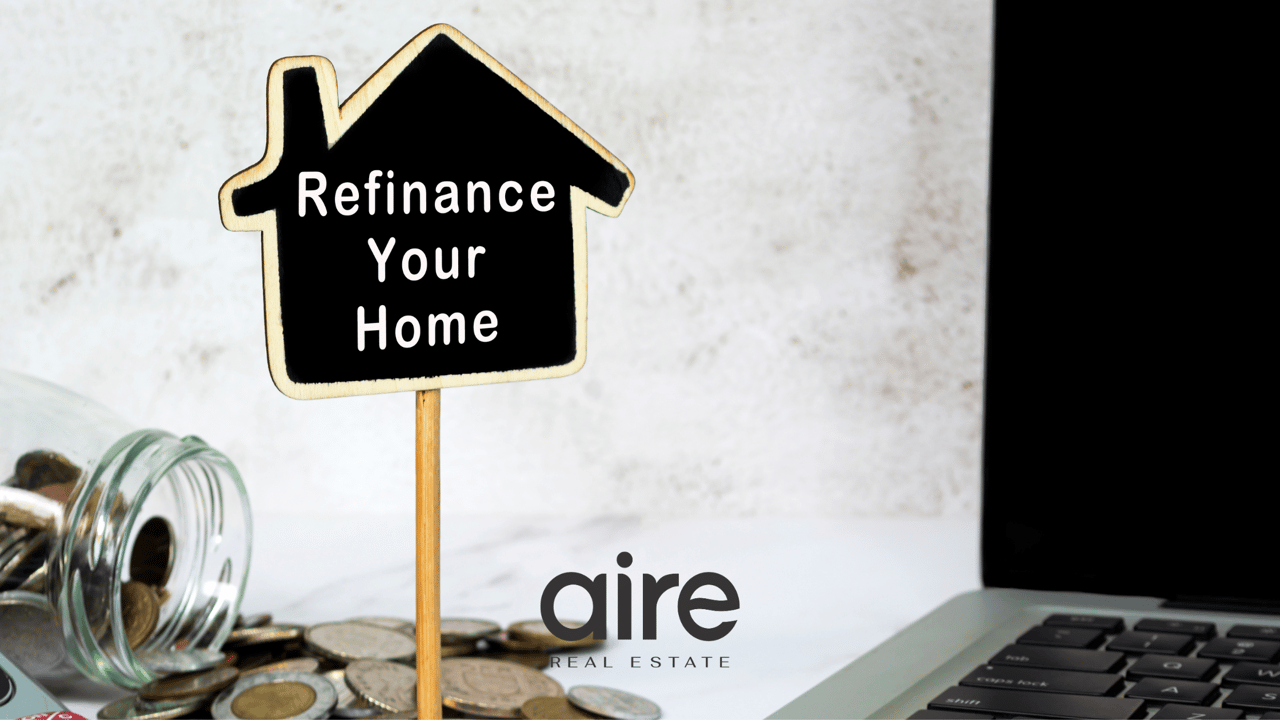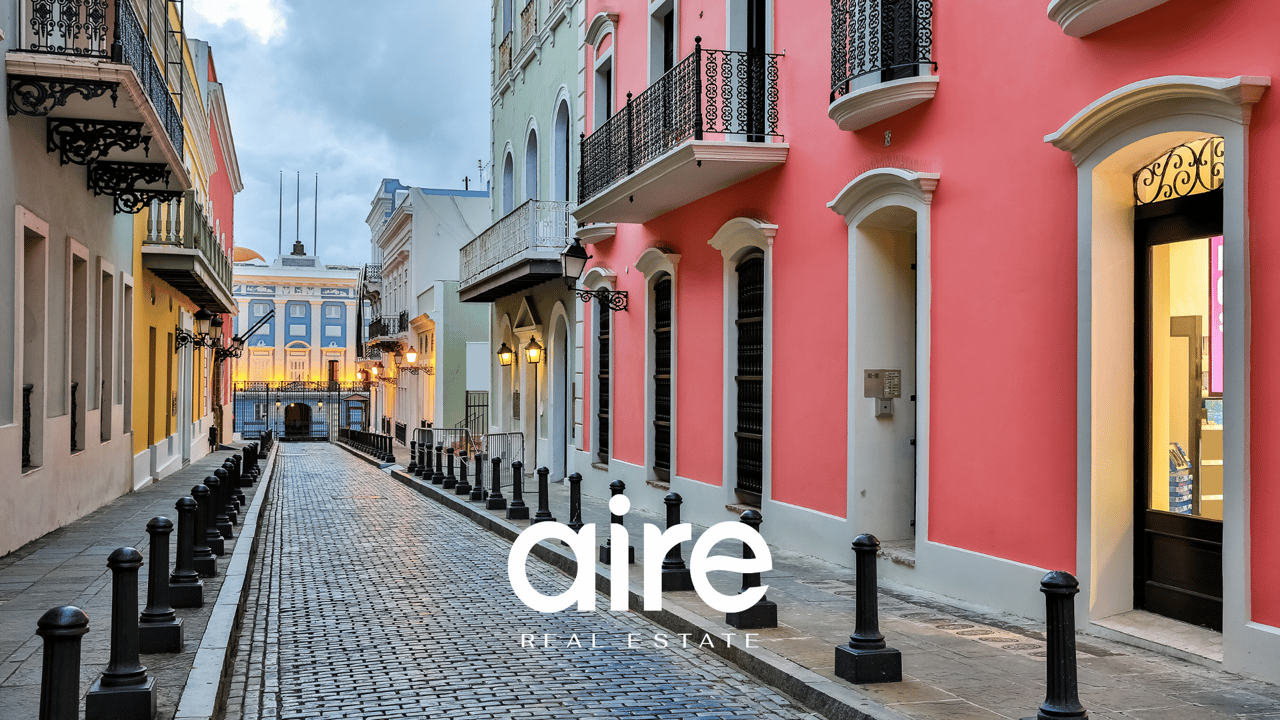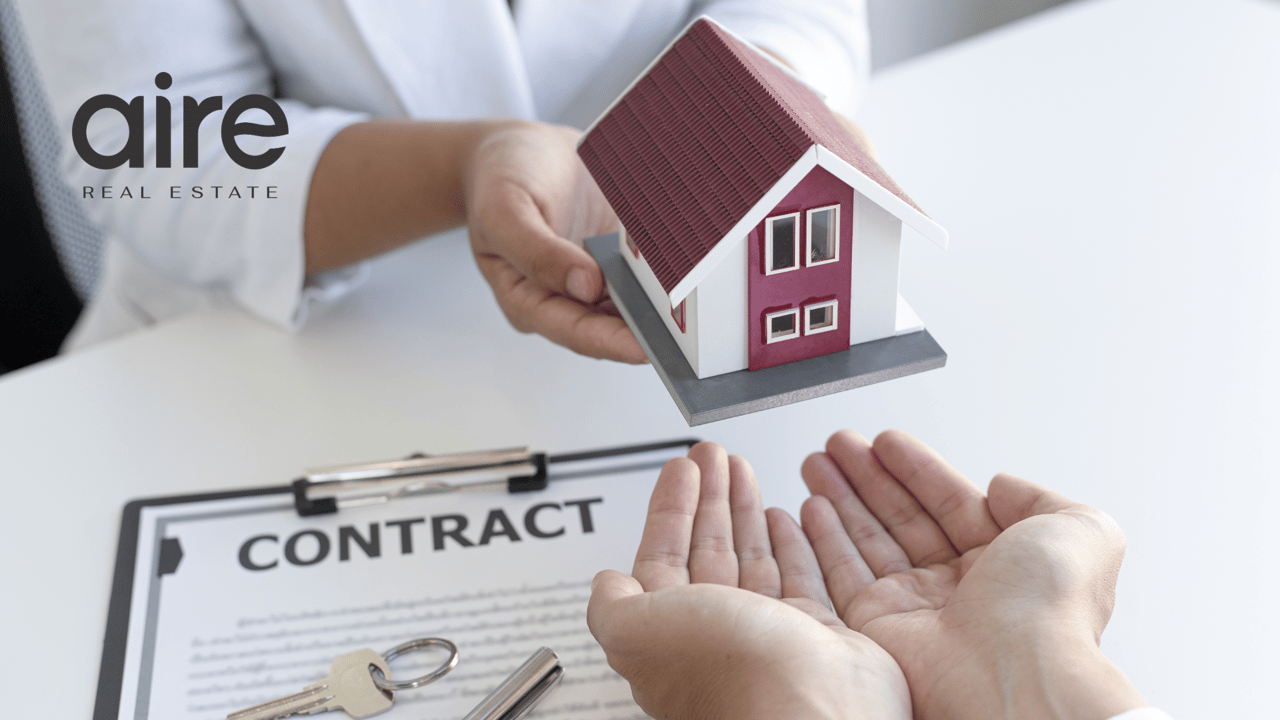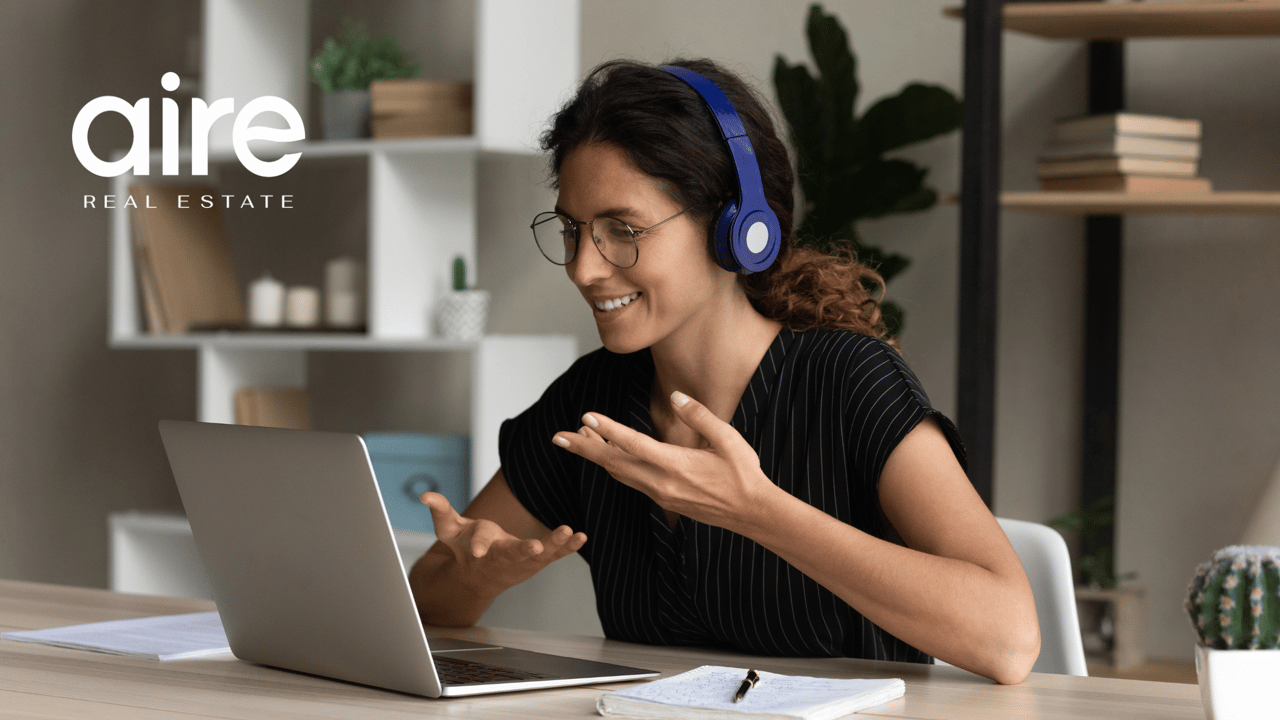Buying a home is one of the biggest financial decisions you will ever make, and if you’re looking to settle in Puerto Rico, understanding the process of financiamiento de vivienda is essential. With the right planning, you can navigate the market, compare opciones hipotecarias, and choose the loan that fits your budget and lifestyle. This guía de préstamos will walk you through the essentials of securing financing in Puerto Rico.
1. Understand the Local Housing Market
Before applying for any loan, familiarize yourself with property prices in the area you’re interested in. Puerto Rico offers a wide range of housing options—from beachfront condos to mountain retreats—and each comes with different financing requirements. Understanding local demand and property taxes will help you choose the right budget.
2. Explore Your Mortgage Options (Opciones Hipotecarias)
There are several opciones hipotecarias available for homebuyers exploring Puerto Rico homes for sale:
-
Conventional Loans: Offered by banks and credit unions, these usually require a higher credit score and a down payment between 10% and 20%.
-
FHA Loans: Backed by the Federal Housing Administration, these allow for lower down payments and more flexible credit requirements.
-
VA Loans: Available for veterans and active-duty military, with benefits such as zero down payment.
-
USDA Loans: Ideal for rural properties, offering low interest rates and no down payment for qualifying areas.
3. Check Your Credit and Pre-Qualify
Your credit score plays a major role in financiamiento de vivienda. The higher your score, the more favorable your loan terms will be. Before house hunting, request a credit report, pay off any overdue balances, and consider getting pre-qualified. Pre-qualification gives you a clear idea of how much you can borrow and shows sellers you’re a serious buyer.
4. Calculate Your Budget and Closing Costs
Many buyers focus only on the monthly mortgage payment, but in Puerto Rico, you’ll also need to consider additional expenses like:
-
Property taxes
-
Home insurance
-
HOA fees (if applicable)
-
Closing costs (typically 3%–5% of the purchase price)
5. Work with Local Professionals
A successful guía de préstamos always recommends collaborating with local experts. Real estate agents, mortgage brokers, and lawyers familiar with Puerto Rican laws can help ensure a smooth process. They can also guide you through government programs and grants for first-time buyers.
6. Consider Government Incentives
Puerto Rico offers certain tax benefits and homeownership programs to encourage investment. Some municipalities provide down payment assistance or reduced interest rates for qualifying buyers. Research these programs early to see if you’re eligible.
7. Finalize Your Loan and Close the Deal
Once you’ve selected the best opciones hipotecarias, your lender will process the application, verify documents, and order an appraisal. After approval, you’ll sign the final paperwork, pay closing costs, and officially become a homeowner in Puerto Rico.
Final Thoughts
Securing the right financiamiento de vivienda in Puerto Rico takes preparation, but with the right strategy, it can be a smooth and rewarding experience. By comparing loan types, understanding the market, and following this guía de préstamos, you can turn your dream of homeownership into reality.




